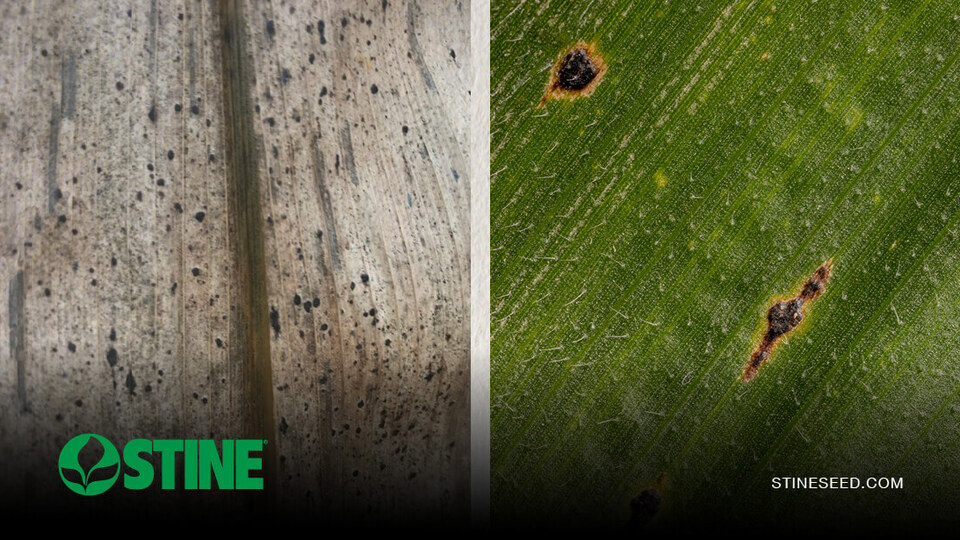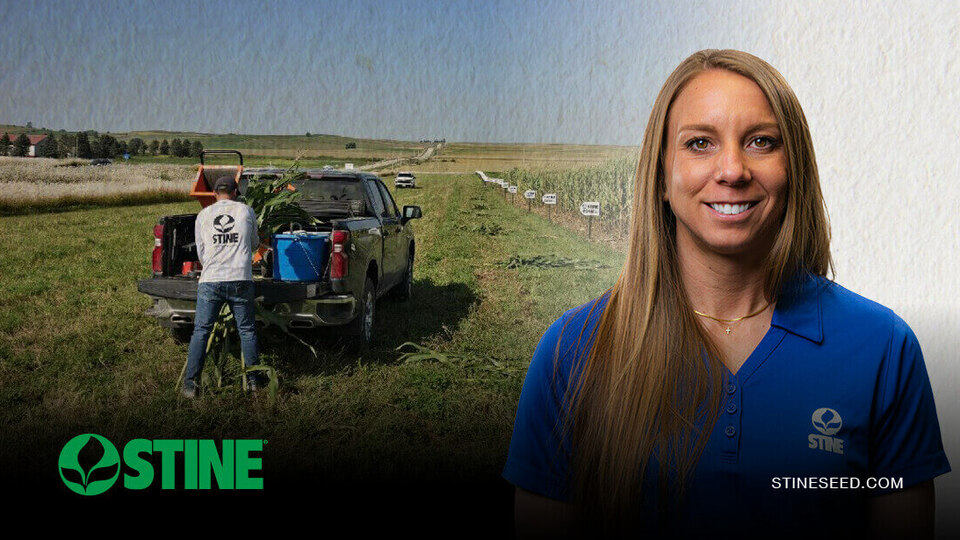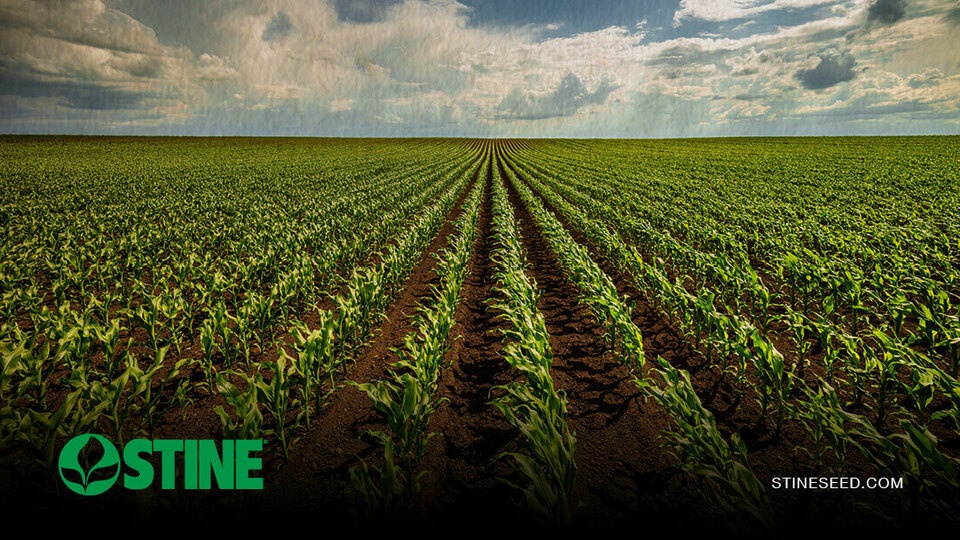Last week, we highlighted the topics this series will feature related to prepping fields this fall for the upcoming planting season. This week, our focus is on soil sampling and tillage. The most important takeaways from this week are to understand how and where to take and submit your soil samples, interpreting the results from your soil samples and how tillage comes into play this fall.
Soil Sampling Rules of Thumb
1. Consult your local soil testing lab before taking samples.
Regions often have their own soil sample testing recommendations based on the soil types, topography, growing environment and planting practices of that area. I recommend that all growers consult with their local lab for recommendations before testing. They will have information on recommended depth of samples, the number of samples and patterns for taking samples for that particular region. Growers may even consider working with a local co-op or agronomist who works closely with the lab to perform soil sampling on their behalf. These individuals are usually well-versed in soil sampling techniques and are equipped with technology that takes consistent samples each time, which in turn will give you the most accurate data to work with.
Find a certified soil testing lab nearest you at this link. And remember that soil samples should be completed every three to four years for the best results.
2. Understand that tillage can impact your sample depth.
It’s important to understand the depth of where you’re testing and that depth may be determined based on tillage. With tillage, when you work the ground, you’re burying the nutrients deeper into the soil. My rule of thumb is to pull the soil sample from the same depth that you’re running your tillage. If you’re running tillage at eight inches, test at eight inches. If you’re running at six inches, test at six inches.
For no-till acres, you’re not incorporating those nutrients deep into the soil. In fact, the top two inches of your soil might be where most of your nutrients lie. I typically recommend growers test at a depth anywhere between 2–4-inches for no-till and 4–8 inches for tillage, depending on the tactics discussed above. Again, you can also consult your local soil testing lab to confirm their recommended testing depths before proceeding.
3. Look at your soil sample results as a whole.
Soil samples measure both macro and micronutrients in addition to the pH and cation exchange capacity (CEC) levels. Understanding the results is critical. Look at the soil test as a whole when you receive the results. If something is out of balance, you need to consider why it’s out of balance. It could be that you had a good crop come out of the ground this year or maybe there’s a pH issue with your field. Here are a few levels to analyze when you get your report.
- Understand micro vs. macronutrient results.
Macronutrients are the most common nutrients — nitrogen, potassium, phosphorus, sulfur, calcium and magnesium. Crops in general use more of these macronutrients each year, which means growers need to apply more each season than micronutrients. These nutrients can change quickly in your soil, meaning while they still have to be broken down in the soil once applied, they can be readily available as a plant usable form. Phosphorus and potassium, specifically, are good to apply in fall as they do not leach like nitrogen.
Micronutrients, including boron, magnesium, iron, manganese, copper, zinc, chloride, molybdenum, are also very important to plant health, but we don’t apply them in as high of quantities as we do macronutrients. For example, you might only use a pound or two per acre of a micronutrient like boron versus 200–400 pounds per acre of a macronutrient like nitrogen. Micronutrients also take a slower time to transition to a plant usable form when applied, and they are typically applied as a foliar or pop-up application. We will discuss specific application recommendations for both nutrient types in next week’s fall fertility issue.
- Look closely at pH levels.
Soil pH is the acidity or alkalinity makeup of the soil. The ideal range for pH level in your soil should fall between 6.5 to 7.5 out of a scale from 1 (very acidic) to 10 (very alkaline). Nutrient uptake is at its best between the 6.5 to 7.5 pH (neutral) range. If your results fall significantly above or below this range, nutrient uptake will be a challenge. When pH is too low or too high, nutrients such as phosphorus or potassium will not be plant available as they form less soluble compounds. Essentially, if your pH is imbalanced, the soil likes to hang on to the nutrients, making it harder for the plant roots to attract them. If you don’t have a balanced pH level in your soil and you apply nutrients this fall, you’re likely wasting money because those nutrients can’t get used when soils are too acidic or too alkaline. Liming may help growers who are experiencing imbalanced pH levels in their soil. - Consider your CEC levels.
Measuring CEC levels via soil sampling helps determine the soil type, organic matter and capacity at which the soil will hold nutrients. Officially, CEC is the capacity of a negative charged soil to retain positively charged nutrients. The CEC level directly impacts the amount and frequency of nutrient applications, especially when it comes to nitrogen and potassium. The higher the CEC level, the less likely the nutrients will leach.
Advantages of Fall Tillage
Growers who are planning a fall tillage pass should do so before soil sampling. As mentioned, tillage may impact the depth at which you collect your soil samples. That said, a fall tillage pass can help growers in a few ways.
1. Reducing compaction. A fall tillage pass can help get below the compaction layer. Tilling the compaction layer now will give the residue left behind time to break down over the winter. But before growers hit the field, they need to be mindful of the weather forecast. Heavy rains can lead to even more compaction issues. If it’s dry this fall and you plan to till, take advantage of the weather conditions since spring weather might not be as favorable for tilling.
2. Managing fallow or prevent plant acres. To me, this one is up for debate. Some experts feel that tilling fallow or prevent plant acres can help with compaction (which I agree with), but others also claim that the practice helps with weed control come spring by breaking up some of the seedbanks. From my perspective, while tillage can bury some weed seed so that it will struggle to germinate, the weeds growers tackle each year are very prolific, sometimes generating 100,000 plus seeds per plant. That’s far too much seed to bury, so growers who hope tillage may help with this effort may be disappointed to find they’re still faced with large weed pressure issues come spring.
For more guidance on how to prep your fields for next season (before winter arrives), contact your local Stine agronomist.
Related Articles
-

Stay ahead of tar spot this season
July 2025 in Agronomy
-

Field-tested confidence: Inside Stine’s Product Development Plots
July 2025 in Agronomy
-

Rootworm watch: Time to scout for subsurface threats
July 2025 in Agronomy
-

Standing out by being shorter: All about short-stature corn
June 2025 in Agronomy



